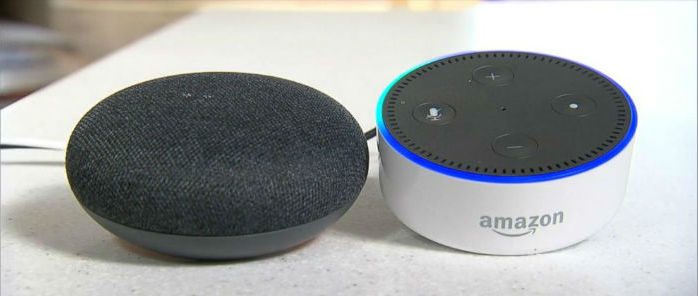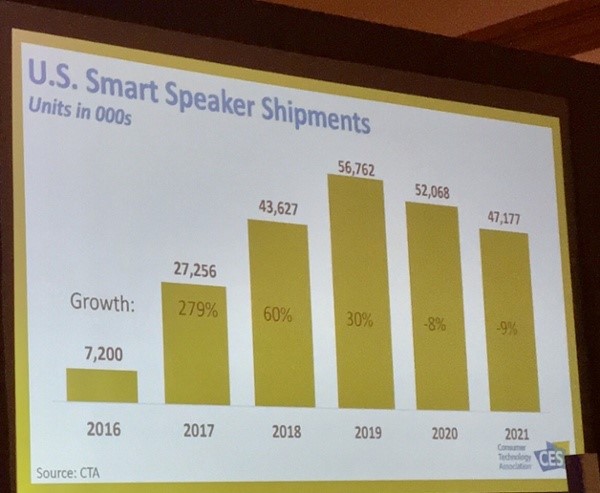
Let’s Talk about Voice-Enabled Keyword Search
Digital Marketing Manager
Burns360
Hey Alexa, what was the hottest topic at this year’s Consumer Electronics Show?
Let us answer the question for you. At CES, the biggest event for unveiling everything new in the digital device world, voice-enabled device adoption was all the rage. Ask virtually anyone who geeks out on this sort of thing. They’ll tell you this technology will drive the next generation of digital communication technology.
And the numbers back it up.
HubSpot recently published a blog saying an estimated 27 million “smart speakers”, like Amazon’s Echo and Google’s Home device, were shipped in the US alone. What’s more, adoption rates are projected to skyrocket over the next few years, with an estimated annual peak of nearly 57 million new shipments in 2019. (See figure below.)
Can you say “new sales channel”?

One (Voice-Enabled) Keyword Search at a Time
The demand for voice-enabled keyword searches is accelerating as well. According to Search Engine Land, voice search is growing at a faster pace than traditional typed search, with 55% of teens and 40% of adults currently using spoken-word searches daily.
The difference however, is that, unlike typed search phrases, voice-enabled search is limited to one voice response, rather than several possible listings or answers to choose from.
For example, suppose you’re asking your device to search for the keyword phrase “roof drain sizing chart”. On a Google Search Engine Results Page (SERP), a result will appear at the very top of the page that gives you your answer and shows the highlighted words in bold that you vocally asked to be searched for, as shown below.

Google calls these results a featured snippet. Other results are shown below it, but if you want a voice response, your device will only read the top featured snippet verbally. Smart speakers just give you one voice-enabled answer to a particular question or keyword phrase that Google’s algorithm deems is the most reputable source for responding to your inquiry.
So, from an SEO standpoint, verbal optimization strategies are still in their infancy. But even though voice search is a relatively new trend, its foundation is still rooted in good SEO practices. Being a reputable site in the services you provide is by far the best way to transition your search results from text to voice responses.
If, however, your goal is to start getting voice-enabled responses sooner versus later, writing a brief 100-word summary of a given topic that contains your core keywords—in addition to your normal SEO program—is a good way to get started.
As voice technology continues to gain momentum, we’ll all be hearing more about voice-enabled optimization strategies in coming months. We’ll keep you posted on what’s new and most relevant for B2B marketers.
Have any questions now about voice search? Feel free to ask!


